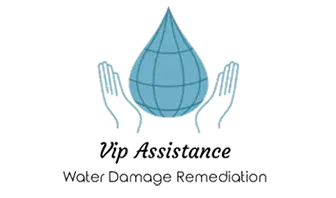Will you have air quality testing performed before and after mold remediation is completed?
Third-party testing by a mold assessor should always be performed after mold remediation work is completed to ensure successful and complete remediation. We also recommended testing be performed prior to remediation on most projects to ensure nothing is missed from the start of the project. Pre-remediation testing should also include a thorough protocol describing the areas to be remediated and how the remediation project should be completed.
The company that performs testing should be a third-party that is not related to the remediator to ensure an unbiased result. In some states, it is illegal for the assessment and remediation to be completed by the same company.
What is the primary way to have a successful mold remediation project?
The correct answer is to remove the mold! All affected porous building materials such as drywall and carpeting should be removed and the area should be thoroughly cleaned. Simply wiping the mold off the surface or spraying it with chemicals is not enough. Structural materials such as framing, and non-porous materials can be cleaned in most cases, however, it is important to remember that killing mold does not make it safe. The mold must still be physically removed from these materials through cleaning, wiping, HEPA vacuuming, and proper air filtration.
The remediator should also understand that, when removing mold-contaminated drywall, the drywall should be removed at least 18 inches beyond the last sign of discoloration. This helps ensure all affected drywall is removed and nothing is missed.
Can my flooring, cabinets, or drywall be salvaged?
This depends on many factors, but the goal should be to salvage as much as possible. However, if the building was flooded by water that came from the ground outside or from any sewage line, porous building materials such as these cannot be salvaged as they contain harmful bacteria, pathogens, and chemicals that can make you sick. If a restorer attempts to salvage these building materials after a flood, that is a major red flag!
How many dehumidifiers and air movers are needed?
The IICRC has calculations for air movers and portable dehumidifiers based on the size of the area, class of loss, type of equipment. There are additional calculations for sizing the large equipment requirements for large losses (desiccant dehumidifiers and generators). A properly trained restorer will know how to do these calculations and can show you why they have decided on the type and quantity of equipment.
What is the normal moisture content of wood framing which prevents mold from growing?
A properly trained water damage restorer will understand that wood framing should be dried to less than 16% EMC (equilibrium moisture content), according to the IICRC. The restorer should check the moisture content in areas that are difficult to access such as under sill plates and framing, behind cabinets, and under flooring to ensure the structure is completely dry before removing equipment. Just because the drywall seems dry from the surface, doesn’t mean the framing behind it isn’t still wet. The restorer should also be willing to walk you through the building and show you the moisture content of various materials to prove that it’s wet or dry.
